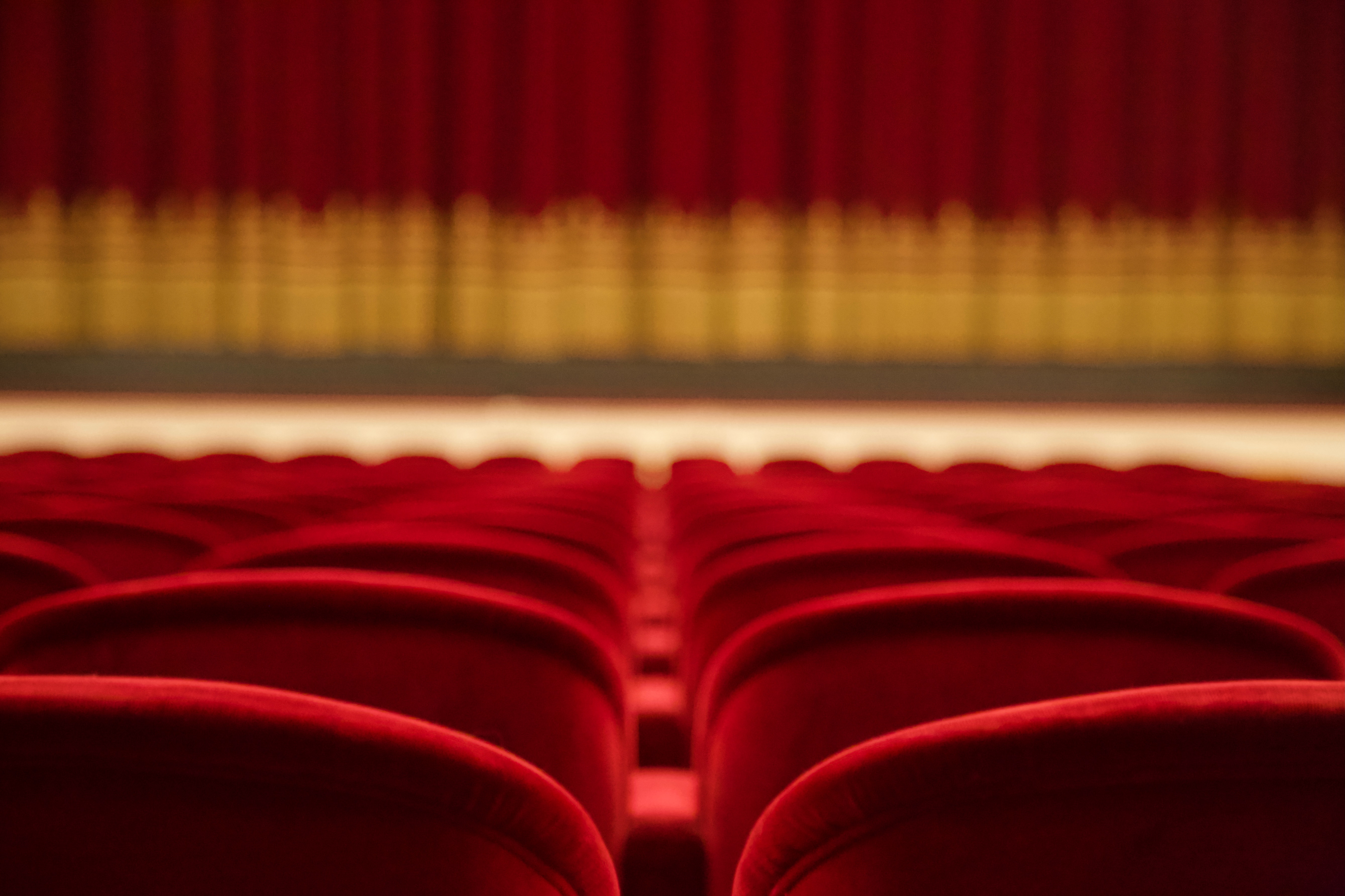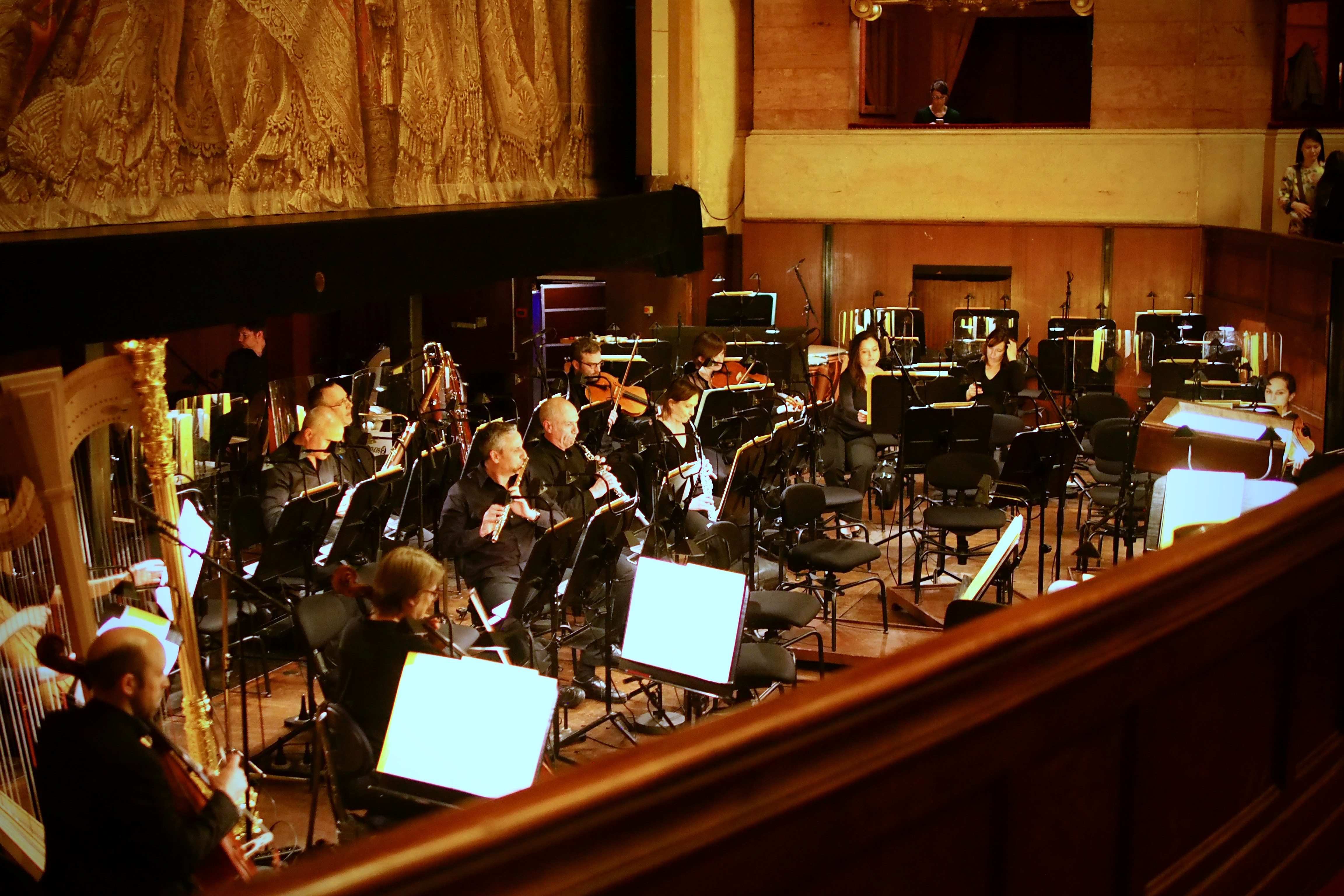
Information not only for beginners
Historical beginnings
The history of opera has a relatively short duration within the context of the history of music in general: it appeared in 1597, when the first opera, Dafne, by Jacopo Peri, was created. Since then it has developed parallel to the various musical currents that have followed one another over time up to the present day, generally linked to the current concept of classical music.
Opera (from the Latin opera, plural of opus, "work") is a musical genre that combines symphonic music, usually performed by an orchestra, and a written dramatic text—expressed in the form of a libretto—interpreted vocally by singers of different tessitura: tenor, baritone, and bass for the male register, and soprano, mezzo-soprano, and contralto for the female, in addition to the so-called white voices (those of children) or in falsetto (castrato, countertenor). Generally, the musical work contains overtures, interludes and musical accompaniments, while the sung part can be in choir or solo, duet, trio, or various combinations, in different structures such as recitative or aria. There are various genres, such as classical opera, chamber opera, operetta, musical, singspiel, and zarzuela. On the other hand, as in theater, there is dramatic opera (opera seria) and comic opera (opera buffa), as well as a hybrid between the two: the dramma giocoso.
As a multidisciplinary genre, opera brings together music, singing, dance, theater, scenography, performance, costumes, makeup, hairdressing, and other artistic disciplines. It is therefore a work of collective creation, which essentially starts from a librettist and a composer, and where the vocal performers have a primordial role, but where the musicians and the conductor, the dancers, the creators of the sets and costumes, and many other figures are equally essential. On the other hand, it is a social event, so it has no reason to exist without an audience to witness the show. For this very reason, it has been over time a reflection of the various currents of thought, political and philosophical, religious and moral, aesthetic and cultural, peculiar to the society where the plays were produced.
Opera was born at the end of the 16th century, as an initiative of a circle of scholars (the Florentine Camerata) who, discovering that Ancient Greek theater was sung, had the idea of setting dramatic texts to music. Thus, Jacopo Peri created Dafne (1597), followed by Euridice (1600), by the same author. In 1607, Claudio Monteverdi composed La favola d'Orfeo, where he added a musical introduction that he called sinfonia, and divided the sung parts into arias, giving structure to the modern opera.
Information from Wikipedia, the free encyclopedia.
theaters in Poland worth visiting
Three top cities
.Cracow.
About
We do our best to distinguish our spectacles by high professionalism of creators, performers and the entire production team. The artists, who have collaborated with us in the recent years, include great personalities of the global and European opera, such as Aleksandra Kurzak, Małgorzata Walewska, Piotr Beczała, Mariusz Kwiecień, Artur Ruciński, Andrzej Dobber, Robert Gierlach, Wojtek Gierlach, Wojtek Śmiłek, Łukasz Borowicz, Giorgio Madia. The Krakow ensemble has many soloists, whose talent has allowed them to perform in the most prestigious places on the musical map of Poland. In the recent years, significant achievements have been recorded by: Katarzyna Oleś-Blacha, Monika Korybalska, Iwona Socha, Tomasz Kuk and Adam Szerszeń. Our team of conductors, directors, stage designers and choreographers are renowned creators of musical theatres, whose quality has been successfully verified by both Polish and international audiences. To list only a few: Laco Adamik, Maria Balcerek, Kai Buman, Barbara Kędzierska, Zofia de Ines, Jerzy Stuhr, Emil Wesołowski, Michał Znaniecki, Waldemar Zawodziński.
The repertoire of the Krakow Opera currently includes almost thirty titles. These are works of Polish composers, as well as world classics, ballet performances and musical productions for children. During the season, the stage in Krakow opens for audiences about two hundred times, enriching its repertoire with concerts, guest performances of artists from other theatres and meetings with artists.
VISIT.Warsaw.
About
Opera was brought to Poland just thirty years after it first appeared in Florence, by Royal Prince Ladislaus IV Vasa. In 1628 he invited the first Italian opera troupe to Warsaw.For over 170 years the Teatr Wielki has been Poland’s grandest opera and ballet theatre. It was built in 1825–1833 to a design by the Italian architect Antonio Corazzi of Livorno.The building was converted several times. It was bombed during the siege of Warsaw in 1939 and almost completely ruined. Only the original classicist façade survived. In 1945–1965 the company performed on other stages while the theatre building was being restored and expanded according to designs by Bohdan Pniewski.The Polish National Opera at the Teatr Wielki continues its over 200-year tradition, producing works by Polish composers as well as world classics.The Teatr Wielki has a main stage in the Moniuszko Auditorium which seats 1,828, and a small stage in the Młynarski Auditorium seating 248. The former Ballrooms (Redutowe Rooms) on the first floor house Poland’s only Theatre Museum.
In 2002 the Teatr Wielki’s façade was crowned with a magnificent sculpture of Apollo’s Quadriga, as originally envisaged by architect Antonio Corazzi 180 years before. The sculpture is a contemporary design by Adam Myjak and Antoni J. Pastwa. In the 1998–2002 seasons and then again from October 2008, the general director of the Teatr Wielki has been the great culture manager Waldemar Dąbrowski, who was Poland’s minister of culture in 2002–2005. The Polish National Opera’s artistic director is the great stage director Mariusz Treliński, who first occupied the post in the 2005/06 season and was reappointed in October 2008. His opera productions constitute highlights of operatic repertoire not only in Warsaw, but also in Washington, Los Angeles, St. Petersburg, Tel Aviv, Vilnius, and Bratislava.
VISIT.Lodz.
About
The first opera opening in Łódź was possible thanks to great efforts expended by the members of Stowarzyszenie Przyjaciół Opery (Friends of the Opera Association) – Władysław Raczkowski, Tomasz Kiesewetter and Mieczysław Drobner. The premiere of The Haunted Manor directed by Jerzy Merunowicz and conducted by Władysław Raczkowski took place on 18 October 1954 on the stage of Teatr Nowy in Łódź. It was the first show prepared by the company of the Lodz Opera, officially recognized by the National Council since 1 July 1954. Sabina Nowacka became the first general director and Mieczysław Drobner was the first artistic director. On 1 January 1961, the opera was nationalized by a resolution of the National Council and a directive from 23 August 1966 changed its name to Grand Theater in Łódź. The building at Plac Dąbrowskiego became the home of the opera on 19 January 1967. The first general director of the theater was Stanisław Piotrowski and the first artistic director was Zygmunt Latoszewski. Bohdan Lotoczko, an outstanding musician and conductor, who was managing the theater from 1977 to 1979, combining the functions of the general and artistic director.
Since the very beginning of its activity, the Grand Theater has been the organizer and the host of an international event called Łódź Ballet Festival. The most eminent ballet companies of the world participated in the festival, including: Maurice Béjart's Ballet du XXe Siècle, Nederlands Dans Theater, Sadler's Wells Royal Ballet, Ballet Rambert, Balet Nacional de Cuba Alicia Alonso, Batsheva Dance Company, Cullberg Ballet, Elisa Monte Dance Company, Boris Eifman's Ballet of St. Petersburg, John Neumeier's Ballet. Łódź Ballet Festival is held every other year. The vast repertoire of the Grand Theater includes ballet and opera classics: Les Contes d'Hoffmann, Aida, Traviata, Carmen, The Magic Flute, The Nutcracker, but contemporary works also play an important part in the artistic program. Our theater hosted Polish premieres of Akhnaten by Philip Glass or The Man Who Mistook His Wife For A Hat by Michael Nyman. This combination of tradition and modernity creates the unique character of the Grand Theater in Łódź.
VISITGallery





